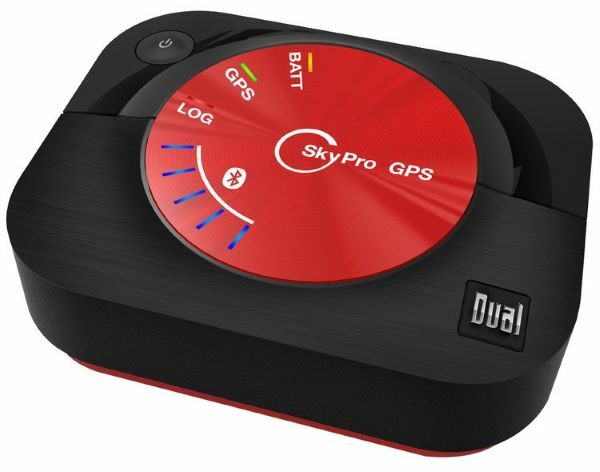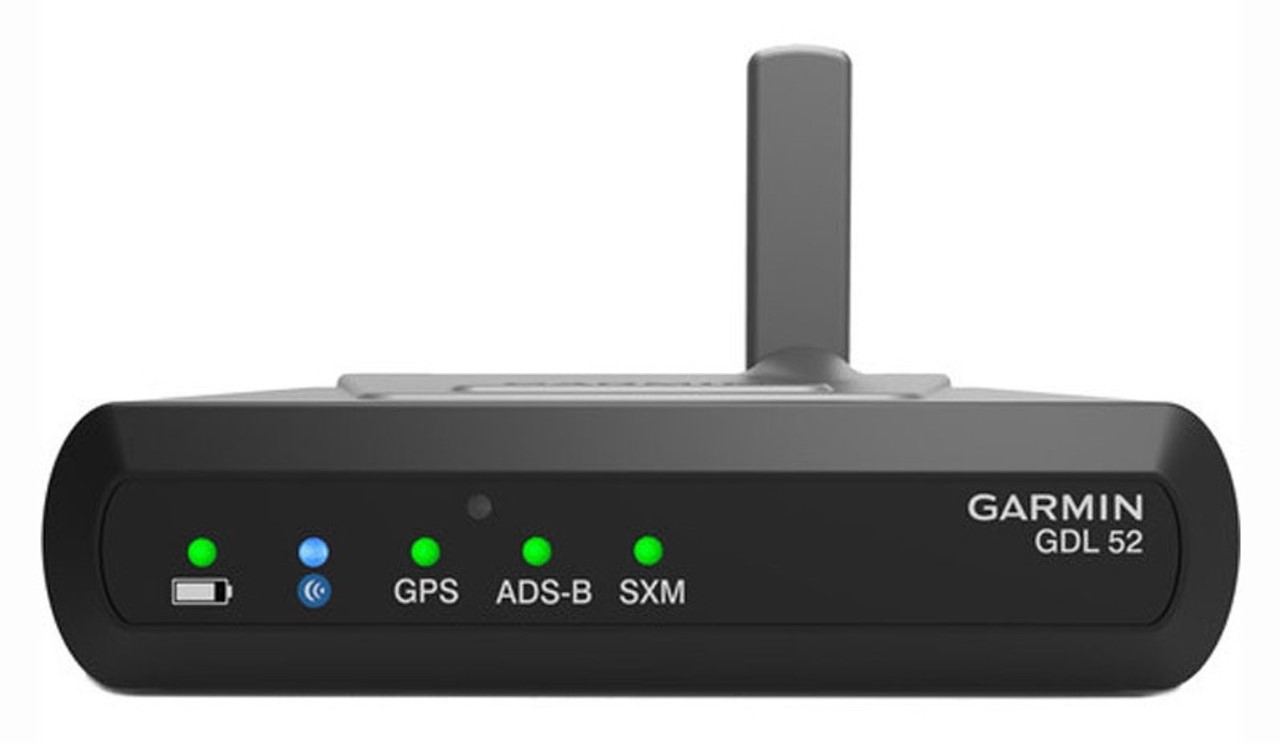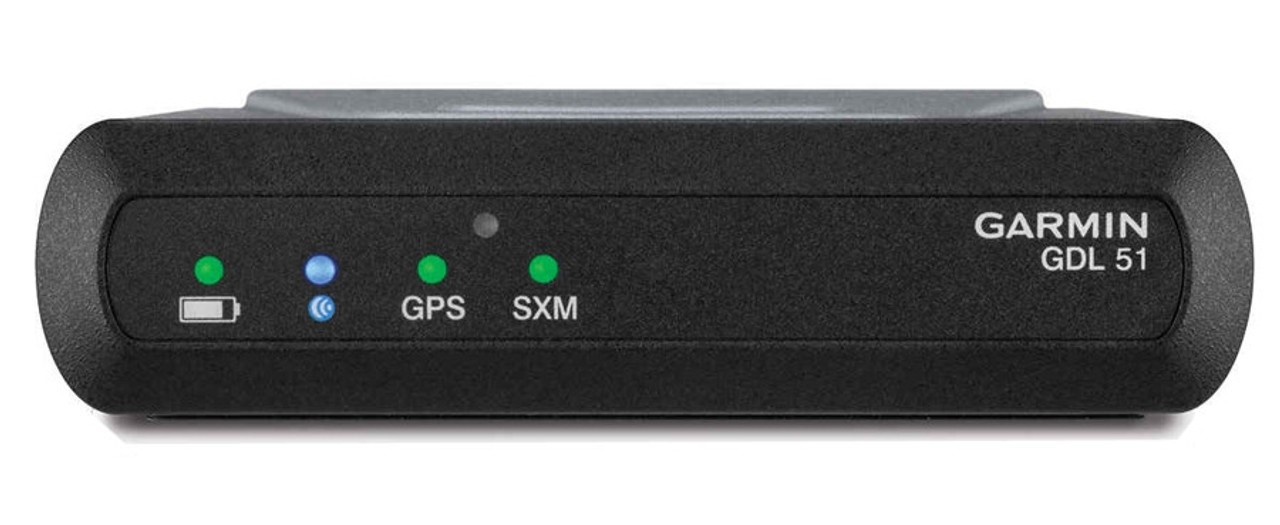
In the world of aviation, precision and reliability are paramount. So when it comes to navigation, having the right tools can make all the difference.
One such tool is the aviation GPS unit, which has evolved significantly over the years. With a plethora of options available, deciding on the right aviation GPS unit for your needs can be a daunting task.
This article aims to simplify the decision-making process by outlining key considerations and options for prospective buyers. We’ll be answering these key questions:
-
Do you actually need a separate GPS unit?
-
What type of unit should you get?
-
What features are important to you?
Do You Need a GPS Unit for Your Aircraft?
While modern planes often come equipped with advanced navigation systems, having a backup GPS unit can be a lifesaver in case of system failure. An extra layer of redundancy can be the difference between catastrophe and a minor inconvenience if on-board navigation fails.
Beyond basic navigation, GPS units can provide a wealth of additional information, including real-time weather updates, air traffic data, and airport information. However, it's essential to note that not all GPS units offer these features out of the box, and those with advanced capabilities tend to come with a higher price tag.
Additionally, many GPS units offer convenience features, such as compatibility with iPads, tablets, or cell phones, as well as automatic flight data logging.
What Type of Aviation GPS Unit is Right for You?
Aviation GPS units come in various forms, each with its own set of advantages and disadvantages. Here are some common types to consider:
iPads With In-Flight GPS Capabilities
If you already own an LTE/cellular-model iPad then good news! It comes with a built-in GPS receiver. This can serve as a cost-effective option, as you don't need a cellular network connection to use the GPS.
However, relying solely on an iPad may not be the most reliable option, as signal drops can occur unexpectedly.
Also, the key phrase there is “if you already own an LTE/cellular-model iPad,” because purchasing one isn’t exactly a cost effective option. iPads are costly as it is, and the cellular models are even more expensive than the WiFi-only models.
There are ways to use a WiFi-only model iPad for navigation, but it will involve purchasing an external GPS receiver which could just add to the cost.
Portable/Handheld GPS Units
Portable GPS units are the units that you probably think of when you hear the phrase “GPS unit.” These are small, portable devices that can be mounted to your aircraft’s dash or glare shield for easy access.
These units come with a wide range of available features, so it’s likely that you’ll be able to find one that fits your needs. For example, units that include an ADS-B receiver can often provide detailed weather and traffic information.
Most of these units are compatible with a wide range of devices, including iPads and Android devices, making them versatile tools for navigation. However, not all GPS units are compatible with all devices, so it’s important to double check that you’re getting the compatibility you need before making your final purchase.
Aviator GPS Smartwatches
Smartwatches designed for aviation have gained popularity among pilots, and for good reason. There are some pretty significant advantages to watches over other GPS units.
For one, they offer longer battery life compared to some of your other options, allowing them to remain wireless and functional. Plus, certain watches come with various aviation-specific features, such as flight logging, weather updates, and UTC timekeeping.
These watches can also track essential health data like oxygen levels, which can be crucial at higher altitudes.
And also, call it vanity, but most of the smartwatches available today just look cool.
Not all smartwatches are created equal however, and many are not designed with aviation in mind which can limit your selection. Price can also be a consideration, as most aviation-specific smartwatches tend to be on the pricier side.
And of course, they are watches, which means that the display will be quite small. If that’s a dealbreaker, then you’re better off with an iPad or portable unit.
Available Aviation GPS Features
Knowing what features you really need in your GPS unit is key. Without a clear idea, you might end up with a unit that doesn't quite match your requirements.
On the other hand, keep in mind that each of these features can bump up the overall cost of the unit, so it's a good idea to think about how much you actually need them to avoid overspending.
This list doesn't cover every single GPS feature out there, but it does highlight some of the common and handy ones you're likely to come across.
Moving Map GPS
As the name implies, moving map GPS shows your aircraft’s position in real time at the center of a map; the map then moves as the aircraft moves.
This allows the unit to provide more detailed information in a way that’s much more quickly and easily digestible than just coordinates or a heading and/or waypoint.
Moving map GPS is a very common feature that’s available on many different GPS units.
Terrain Awareness
Terrain awareness is a feature that works with moving map GPS units to warn of possible collisions with terrain. As your proximity to terrain increases, the map will be shaded with yellow or red to indicate how close you are.
Some units can even monitor your position relative to adjacent airspace or provide alerts to sudden changes in altitude or excessive banking angle.
Terrain awareness is obviously a very helpful feature when flying in low-visibility or high traffic areas.
ADS-B Receiver Compatibility
If your aircraft has an ADS-B In receiver, some GPS units can use that to display certain information.
Note the difference between ADS-B In vs ADS-B Out:
-
ADS-B Out is what is required for the aircraft and is usually built into the transponder. It provides information about an aircraft’s GPS location, altitude, ground speed, and other information to air traffic control to help with traffic flow and collision avoidance.
-
ADS-B In receivers will allow the pilot to see any aircraft with an operating transponder and it will give them altitude and heading information to help see and avoid other aircraft. It will also display important weather information without requiring a subscription!
Weather Information
Certain GPS units can display real-time weather information, a critical feature for pilots. Combined with moving map GPS, it can provide crucial data for safer and more informed decision-making during flights.
If you have an ADS-B receiver, you can receive weather updates for free, provided your GPS unit is ADS-B compatible. And some units, such as the Garmin GDL 51 & 52, also allow you to access Sirius XM’s for even more reliable and continuous weather coverage (along with all the benefits of Sirius XM).
Popular Units
If you feel like you’re ready to select your unit, consider these options available for purchase at Marv Golden:
Stratus 3 ADS-B Receiver
-
Subscription-Free In-Flight Weather
-
Dual-band ADS-B Traffic
-
Internal WAAS GPS
-
Built-In AHRS For Backup Attitude
-
Synthetic Vision Display
-
Pressure Altitude Sensor
-
TFR Alerts
-
8 Hour Battery
-
Open ADS-B Mode
-
Can use up to 5 devices.
-
Smart WiFi - Allows you to use internet on your iPad while connected to Stratus 3.
-
Auto Shut-Off - To preserve battery, Stratus 3 automatically powers down after your flight by detecting when it’s idle or at less than a 3D GPS lock.
Garmin GDL 52 Sirius XM/ADS-B GPS Receiver
-
Receive SiriusXM Aviation satellite weather and digital audio entertainment plus subscription-free ADS-B U.S. datalink weather and traffic
-
ADS-B GPS receiver “dual-link” traffic with TargetTrend™ and TerminalTraffic™ technology
-
Wireless connectivity for display on select mobile device apps and Garmin portables
-
Provides GPS position data, backup attitude and more
-
Receive the first three-months of a monthly subscription to the SiriusXM Pilot Preferred aviation weather package and the SiriusXM All Access audio programming package at no cost with the Garmin GDL 52 ADS GPS Receiver
Garmin GDL 50 Portable ADS-B GPS Receiver
- Receive subscription-free animated U.S. datalink weather via ADS-B “In”
-
ADS-B dual-band traffic with TargetTrend™ and TerminalTraffic™ technology
-
Wireless connectivity for display on select mobile device apps and Garmin portables
-
Compact device with rechargeable battery; designed to sit on aircraft glareshield
-
Provides GPS position data, backup attitude (AHRS / Synthetic Vision) and more
Garmin GDL 51 Sirius XM GPS Receiver
-
Receive SiriusXM® satellite aviation weather and digital audio entertainment
-
Wireless connectivity for display on select mobile device apps and Garmin portables
-
Provides GPS position data, backup attitude and more
-
Compact device with rechargeable battery; designed to sit on aircraft glare shield
-
Access high-resolution NEXRAD imagery and METARs weather information
-
Use Garmin’s Connext® wireless connectivity to stream SiriusXM services onto multiple Garmin aviation portables (including aera® 660, aera 796 or aera 795 series) as well as iPad® tablets and other mobile devices with the Garmin Pilot™ app.
GARMIN GLO 2 Portable Aviation GPS
-
Bluetooth connection to your mobile device
-
Supports up to 4 Bluetooth connections!
-
13 hour battery life with built-in rechargeable battery
-
20% faster GPS lock-on when using GPS and GLONASS
-
The GLO is WAAS Enabled, ensuring incredible accuracy
-
10 times per second update rate
-
Works with most mobile devices and aviation apps
-
On/Off button is improved to reduce likelihood of accidentally being turned on.
Dual XGPS160 SkyPro Bluetooth GPS Receiver

-
High-sensitivity WAAS GPS receiver
-
Simultaneous GPS and GLONASS reception
-
Up to 10 position samples per second
-
Wirelessly connects to up to 5 devices via Bluetooth such as Bluetooth-Enabled Smartphones, Tablets and Laptops (Android, Windows and OSX Devices)
-
Automatic route recording
-
Works with most apps that require GPS
-
Built-in rechargeable battery lasts 10 hours
-
USB charging via the included USB cable
-
Includes a non-slip dashboard pad and 12-28VDC charging adapter
Finding Your Way
In summary, choosing the right aviation GPS unit involves considering your specific needs and budget. Whether you opt for an iPad, a portable GPS unit, or an aviator smartwatch, it's essential to prioritize reliability and the features that matter most to you.
Once you've made your decision, be sure to explore Marv Golden's selection of GPS units and accessories to find the perfect fit for your aviation needs. Happy flying!




